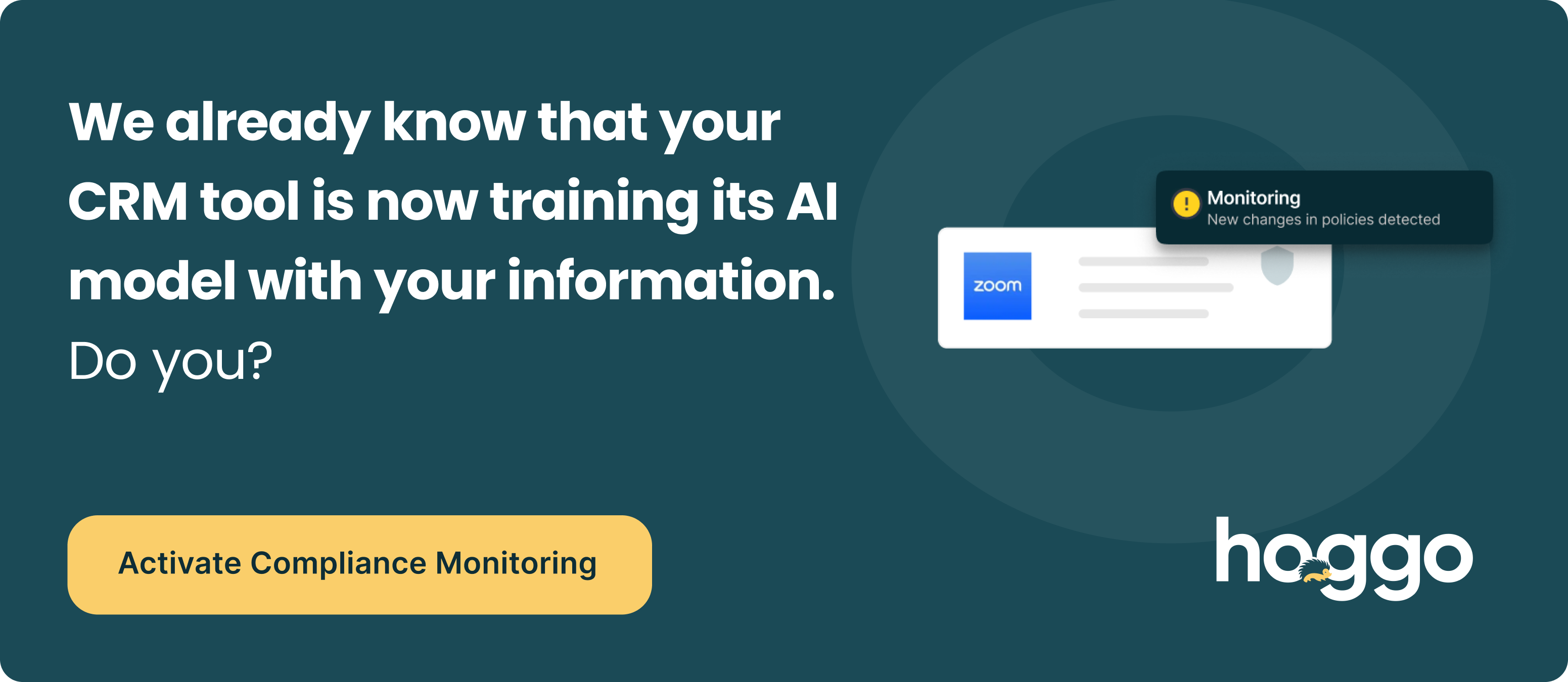59% of organisations are not actively assessing third-party risks during the offboarding stage of the vendor lifecycle.
A vendor offboarding process is just as important as onboarding. If you don’t do it correctly, you may risk data loss, compliance issues, and operations failure.
Organizations frequently conduct vendor risk assessments during the onboarding process. Meaning, when organisations begin working with a new vendor or third-party. However, vendor risks can also lurk when ending a working relationship and thus a vendor risk assessment process is crucial during vendor offboarding as well. Many organizations overlook the importance of a secure and programmatic vendor offboarding process, exposing them to future risks.
What is Vendor Offboarding?
Vendor offboarding can happen for various reasons. For example, ending services can happen when the vendor is no longer needed, due to contract expiration, or simply because of ending the relationship with the vendor.
During the vendor offboarding process, organisations stop vendors from using company resources and ensure they follow their contracts. When removing vendors, it’s important to control business operations, safeguard personal data, and minimise risk and disruption.
Vendor Offboarding: Types Of Risks To Consider
Privacy Risks
- Lack of Overview: Not knowing who can access company data and personal data is a problem. This becomes a crucial issue, if vendors still have access to personal data of employees, users, or customers without the organization’s knowledge. In such cases, the organization is violating privacy laws and putting the data subjects at risk.
- Outdated Documentation and Communication: Failing to communicate about vendor offboarding properly can result in outdated documentation and RoPA (Art. 30 of the GDPR), leading to confusion and lack of overview.
- Reputational Damage and Legal Consequences: Data or system compromises can result in brand and reputational damage, legal and regulatory fines, and remediation costs
Security Risks
- Third-Party Risks: Offboarded vendors may have third parties associated with them, posing indirect risks if not considered during the vendor offboarding process.
- Data Breaches and Unauthorised Access: Improper vendor offboarding can leave security and privacy holes, potentially leading to data breaches, compliance violations, and reputation damage.
- Access controls: When the relationship with a vendor ends, it is important that all access points—including digital portals, databases, applications, physical entrances, and facilities—are thoroughly reviewed and disabled. Otherwise, the vendor might have access and malware can easily be injected into the systems.
Vendor Offboarding Checklist
- Review the contract and policies – Return to the contract and policies you have reviewed and signed when you onboarded a vendor. Check what the vendor has committed to do with the data you transferred to them, retention periods, etc. Make sure that all commitments have been met by the vendor.
- Make sure you have a clear vendor offboarding process – Whatever the reason, you should always be prepared in case of an early termination. When you prepare or plan the strategies, you’ll be able to handle the process easily. You’ll have requirements noted, and your team will be able to handle the termination process efficiently. By planning ahead, you will avoid any service interruptions or data issues. It is easier to run the vendor termination activities smoothly when you are prepared with policies to follow.
- Manage your vendors – Keep track of the vendors you use, their related documents, contracts, and the data you share with them. By doing so, it will be easier to disconnect them from systems and request their personal data be returned or deleted. This can easily be done by using My Vendors. With My Vendors, you can easily manage your vendors, monitor them and have a clear overview of related risks.
- Internal collaboration – There is a complete transition process during vendor offboarding. It includes final settlement, transfer of data, deletion of data, revoking access, and involvement of the legal team to check the compliance risk associated with vendor offboarding. For this reason, the vendor offboarding process must involve stakeholders from various departments. This includes privacy, security, legal and finance.
Make sure they have a platform in which they can work simultaneously and communicate effectively. This can easily be done with hoggo, which includes an easy way to comment on open tasks and check statuses.
Ongoing Vendor Monitoring for Potential Risks
Despite terminating the contract and completing all tasks successfully, risks to your data and systems, compliance risks, and reputational risks can still arise long after the relationship is over. Continually monitoring multiple risk vectors will give your team an extended understanding of risks and data breaches that may have occurred when the vendor still had access to the company’s databases.
Simple Vendor Management with hoggo
Manual vendor risk assessments and vendor offboarding are tedious and resource-draining processes. The use of a dedicated risk management platform can be extremely beneficial to organizations.
With hoggo, you can:
- Spot high risk vendors easily and find trustworthy ones
- Have a single source of the truth on vendor information
- Enhance internal stakeholder and vendor collaboration
- Monitor and manage your vendors seamlessly
- Onboard and off-board vendors securely

Noa Kahalon
Noa is a certified CIPM, CIPP/E, and a Fellow of Information Privacy (FIP) from the IAPP. Her background consists of marketing, project management, operations, and law. She is the co-founder and COO of hoggo, an AI-driven Digital Governance platform that allows legal and compliance teams connect, monitor, and automate digital governance across all business workflows.
- Noa Kahalon#molongui-disabled-link
- Noa Kahalon#molongui-disabled-link
- Noa Kahalon#molongui-disabled-link





